Learning How to Observe
Observing with the Observation Deck
Observing with the Observation Deck is best done on a mobile device. Accessible by a weblink anywhere with internet access, you can login and start observing, documenting, and tagging your data for your library programs.
Designed for ease of use, the tool uses your device camera or photo roll, keyboard or even talk to text to record photos and notes, and tag using your institution's observational framework. All of the data is stored on the cloud, rather than your mobile device.
Other handy features record relevant data like date, time, location, community partners, age groups, and attendance as well as the “vibe” of your program all within the Observer Mode. There is even a “star” option to tag photos that align with your organization’s policy for permissions.
Best Practices for Observation
The Observation Deck is a tool meant to be used by practitioners, not capital “R” Researchers. That means that observers are also often facilitators, actively engaging with participants, chatting with families, and participating in the activity themselves. This informal form of observation is often referred to as “participant observation” - where we truly embed ourselves in the experience to listen and learn alongside.
We have learned through our grant study that observers have their own preferences and styles for making observations, and each one still yields evidence rich results. Consider these best practices as you figure out what works best for you!
1. Take a seat at the table
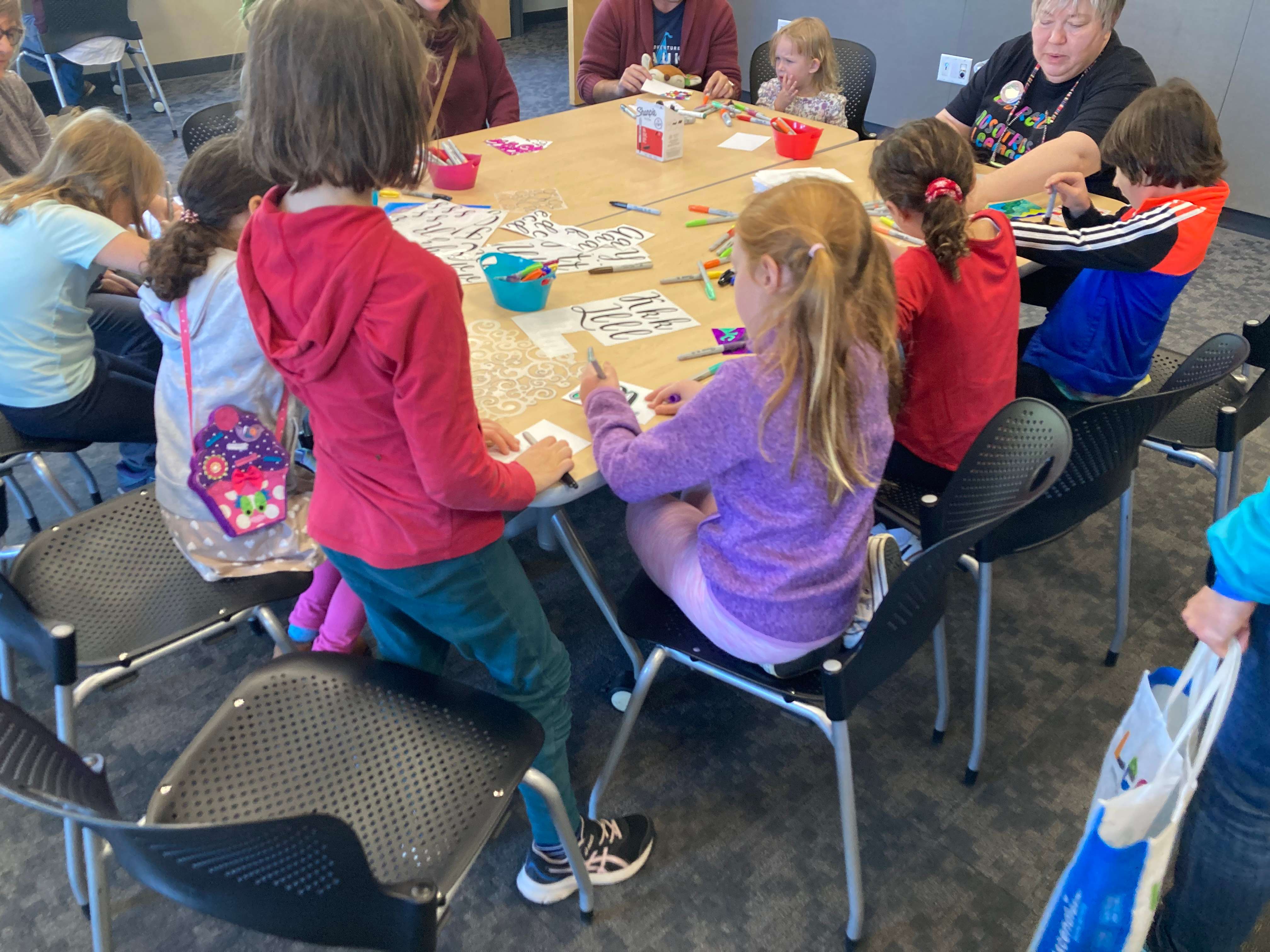
Joining the conversation is often the most authentic way to make observations during a making & learning event. Get comfortable with your group, be active in the activity, and keep your device or paper observation form at the ready to jot down notes, quotes, or to snap a picture.
Observations don’t need to be secret. Be open with what you’re doing. Talk to your participants:
- “I love how you are experimenting with those materials, can I take a photo?”
- “Wow! That is an innovative way to solve that problem, can you tell me about it?”
- “What do you think you’re going to do next?”
The Bubbler’s favorite in the making questions:
- Does it have a name?
- What kind is it? What does it do?
- What do you like about it?
- What would you do differently next time?
2. Catch and Release
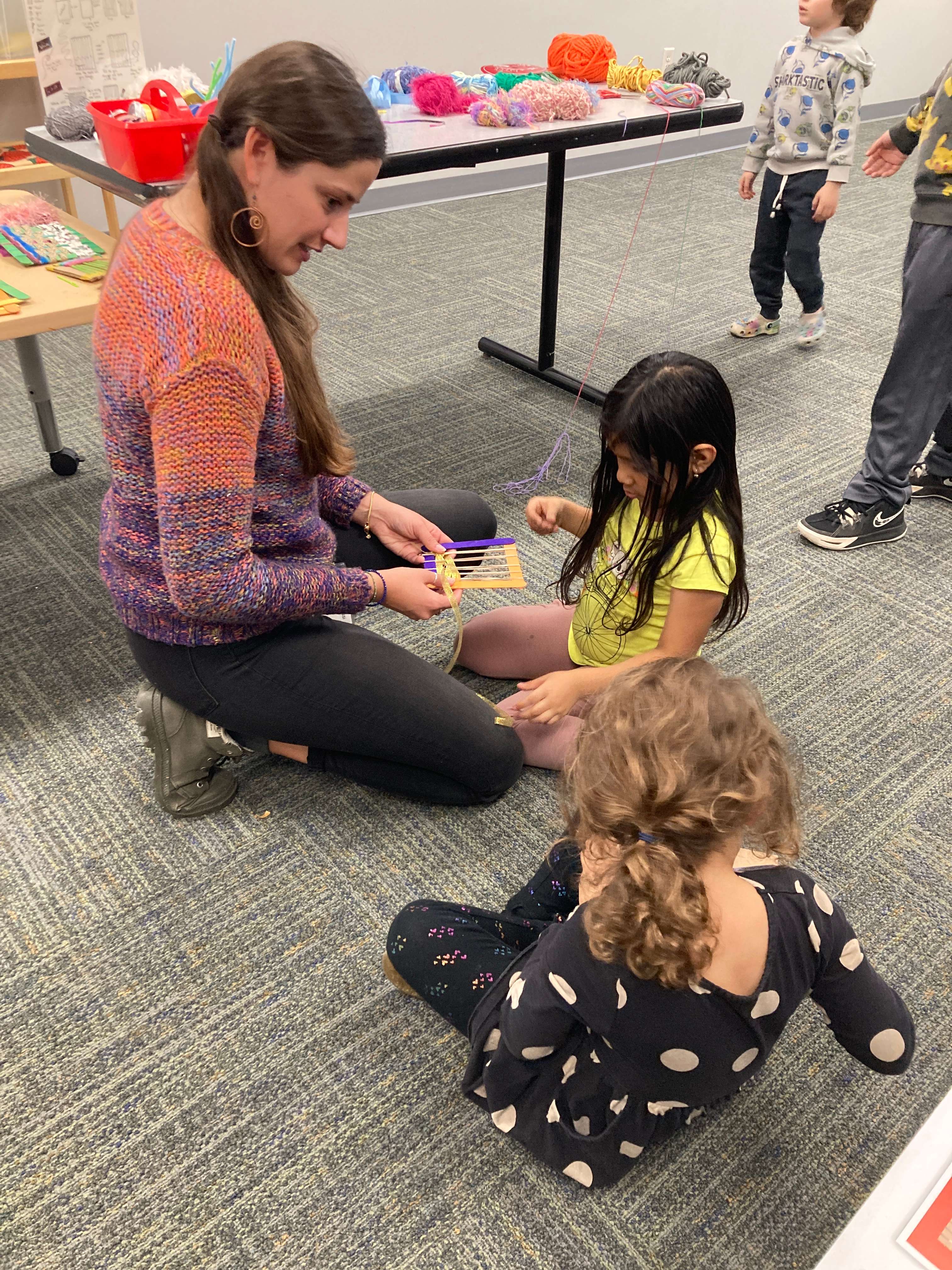
Step in and out of the making as you help, then make an observation. Keep your device or paper observation form at the edge of the room or on the materials table so you always know where it is an can move back to record something you saw.
The Observation deck allows you to create incomplete observations - just a photo, just a note or quote - that can be tagged and edited later to keep you in the moment.
Experiment with what works best for you.
- Do you like writing things down on paper and pencil and entering the data at the end?
- Do you like just taking photos and can remember their context after the face?
- Do you enjoy recording full moments when you take a step back from the making at hand every 10-15 minutes?
3. Be a side by side maker
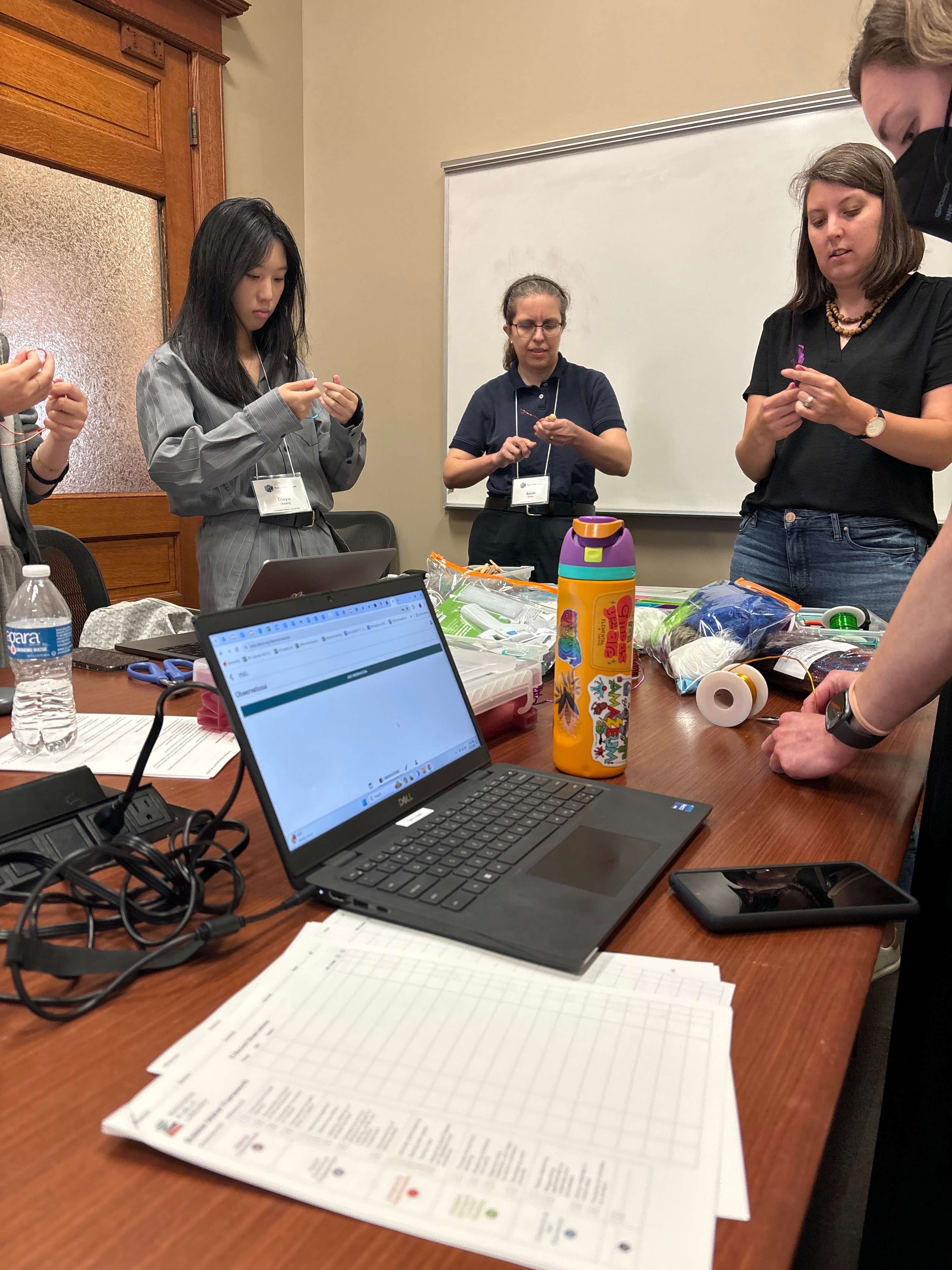
Especially with adults, be a facilitator that is learning alongside. It is always more genuine to ask questions about a process when you are also IN IT.
Ask questions to learn yourself! And be honest with your struggles.
How did you do that?
I am seriously struggling to _____… is anyone else?
Again, be honest with your observations. Let the group know what you are doing, especially with adults, invite them to articulate what they think they are doing. Capitalize on their ability of metacognition!
4. Observe in tandem
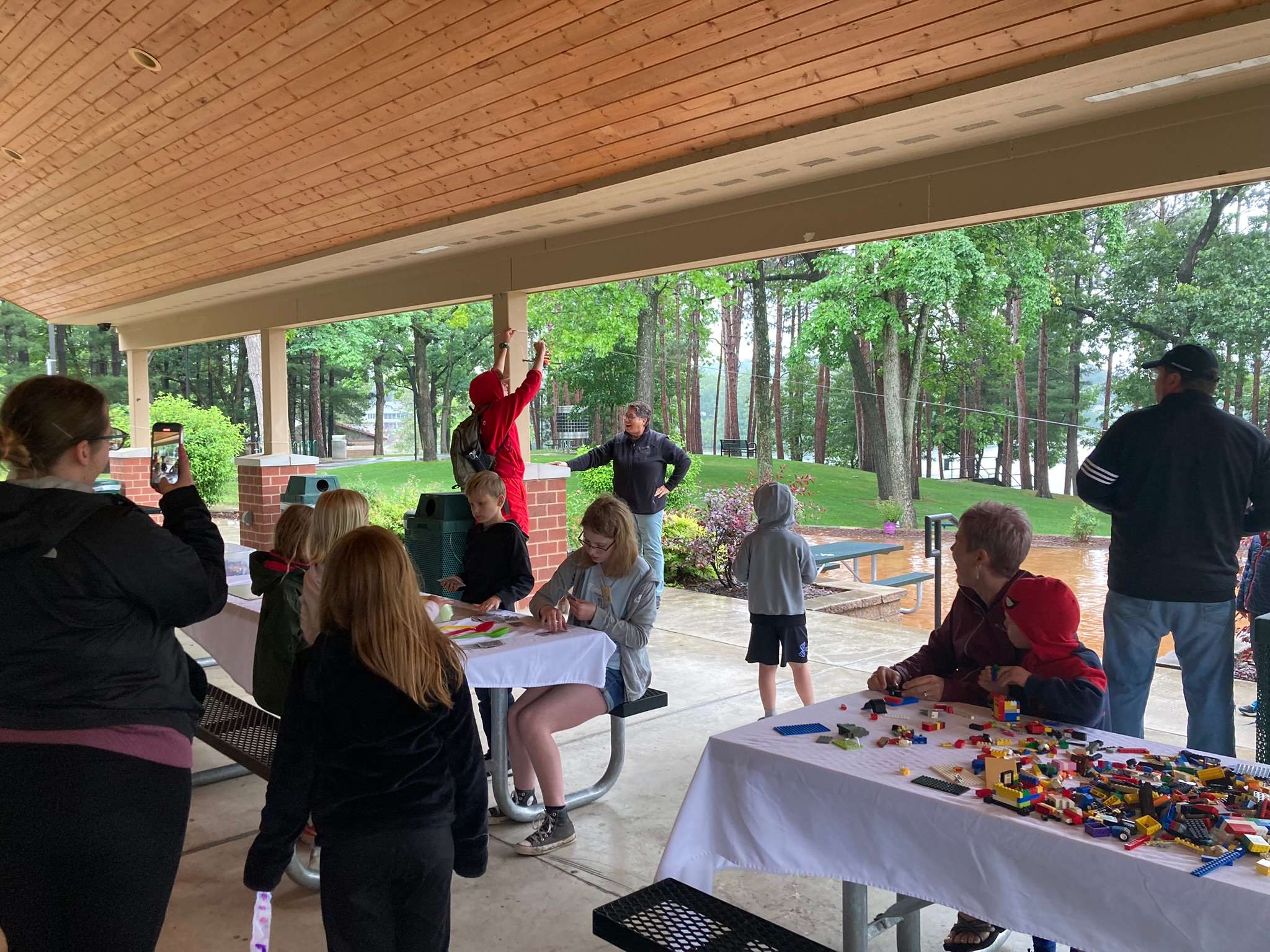
Do you struggle to be completely in the moment and also observe? Try observations in tandem. Invite a coworker to observe your program so you can be in the moment and have someone else do documentation.
This doesn’t completely let you off the hook! Talk together about what you are seeing and hearing. You’re IN IT too! - make sure the amazing things you notice when your partner is across the room get recorded too.
5. Listen first, then take a photo
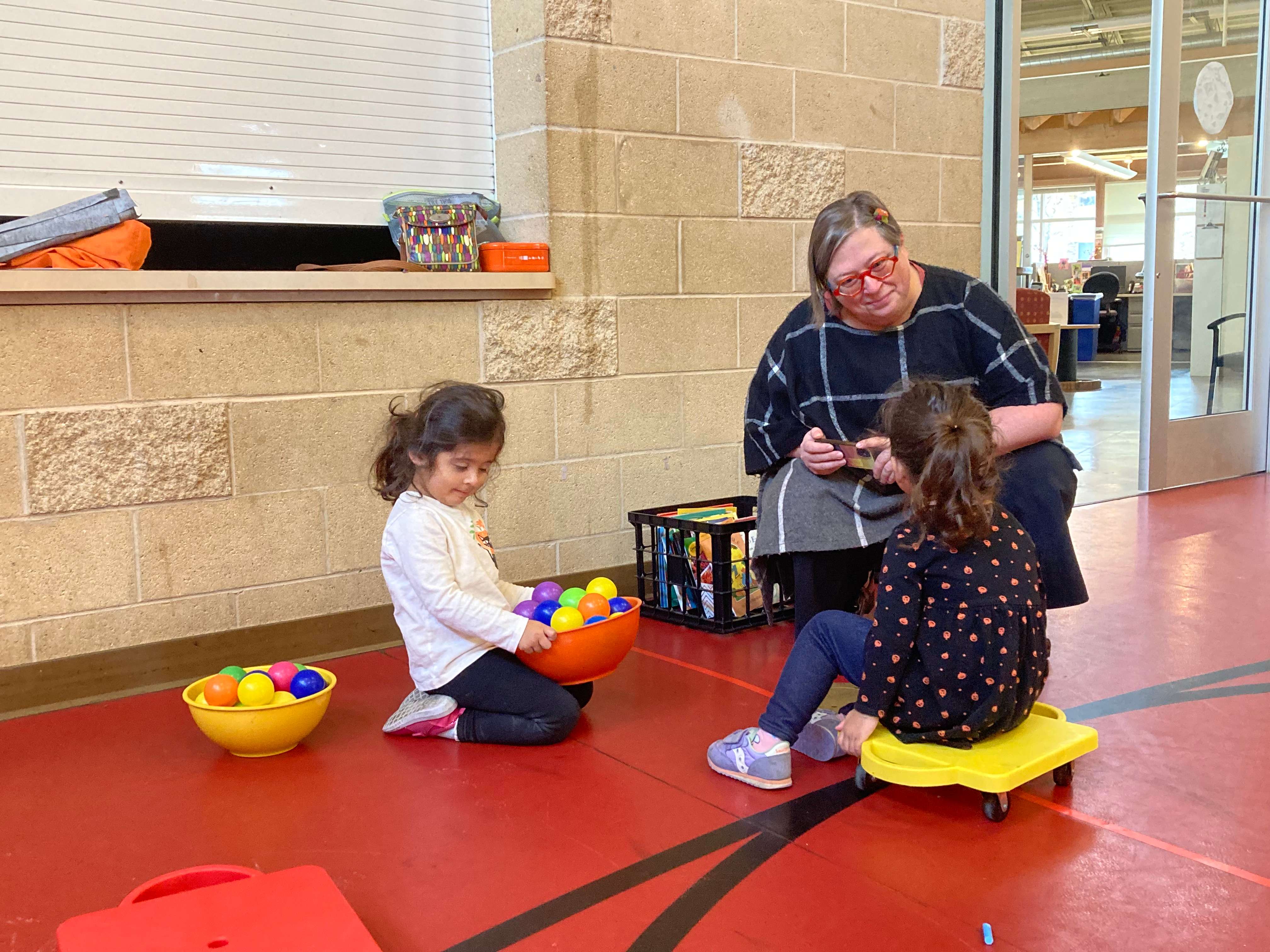
Photos can be jarring or making someone uncomfortable if they are taken without context. Be an active listener first and ask to take a picture. Don’t assume you know what is happening in someone’s head. Ask what they are doing.
6. Get on their level & watch the process play out.
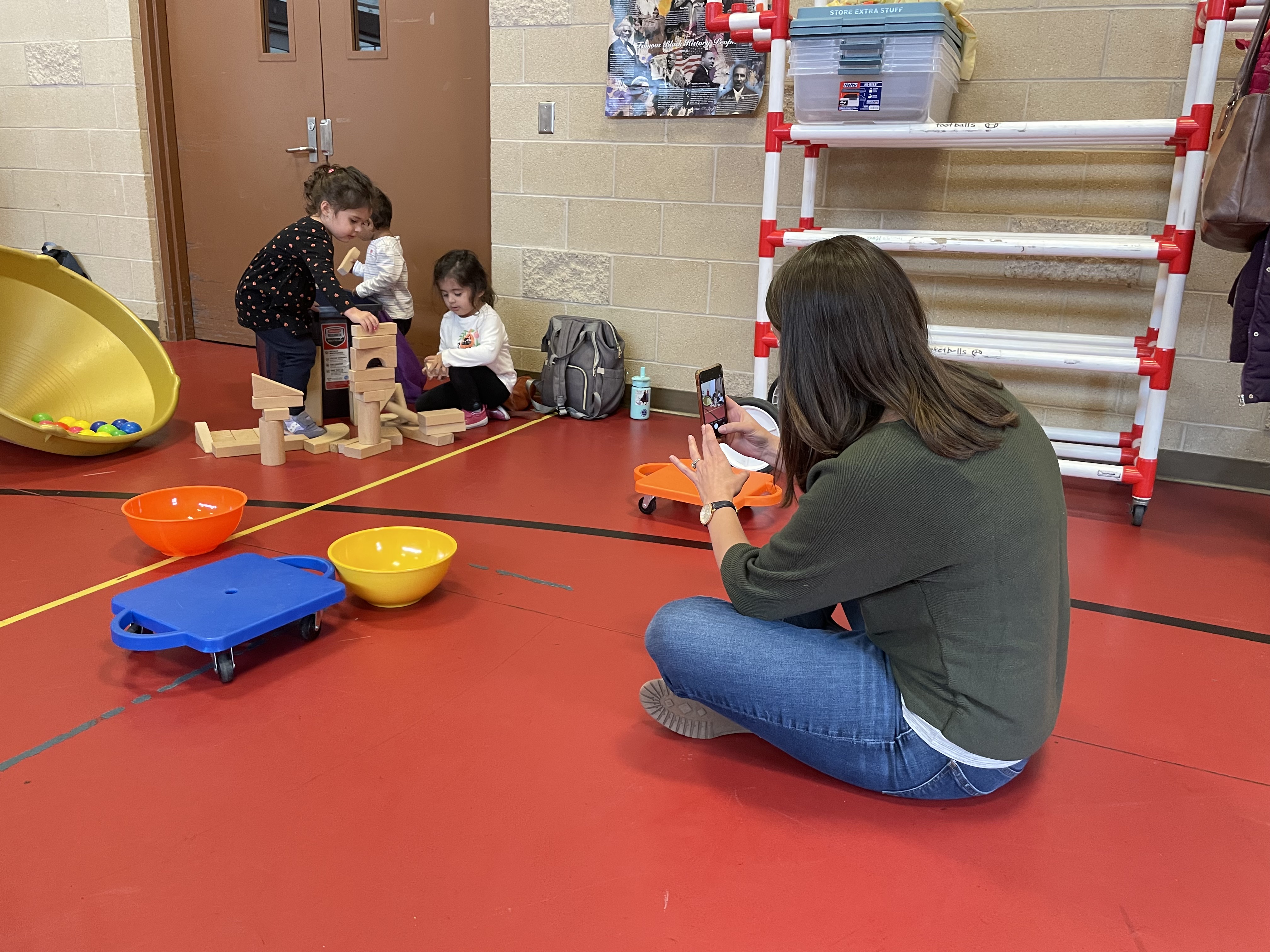
Position yourself in a comfy spot and watch the action play out. Take a deep breath and stay to watch where the making starts and where it is going. The observation deck lets you create “Attendee Codes” to link related events. Add the words “Block Stack” in the field to be able to sort in the Odeck’s reporting system and see the full progression of that stack and what you noticed throughout.
7. Stay in the moment
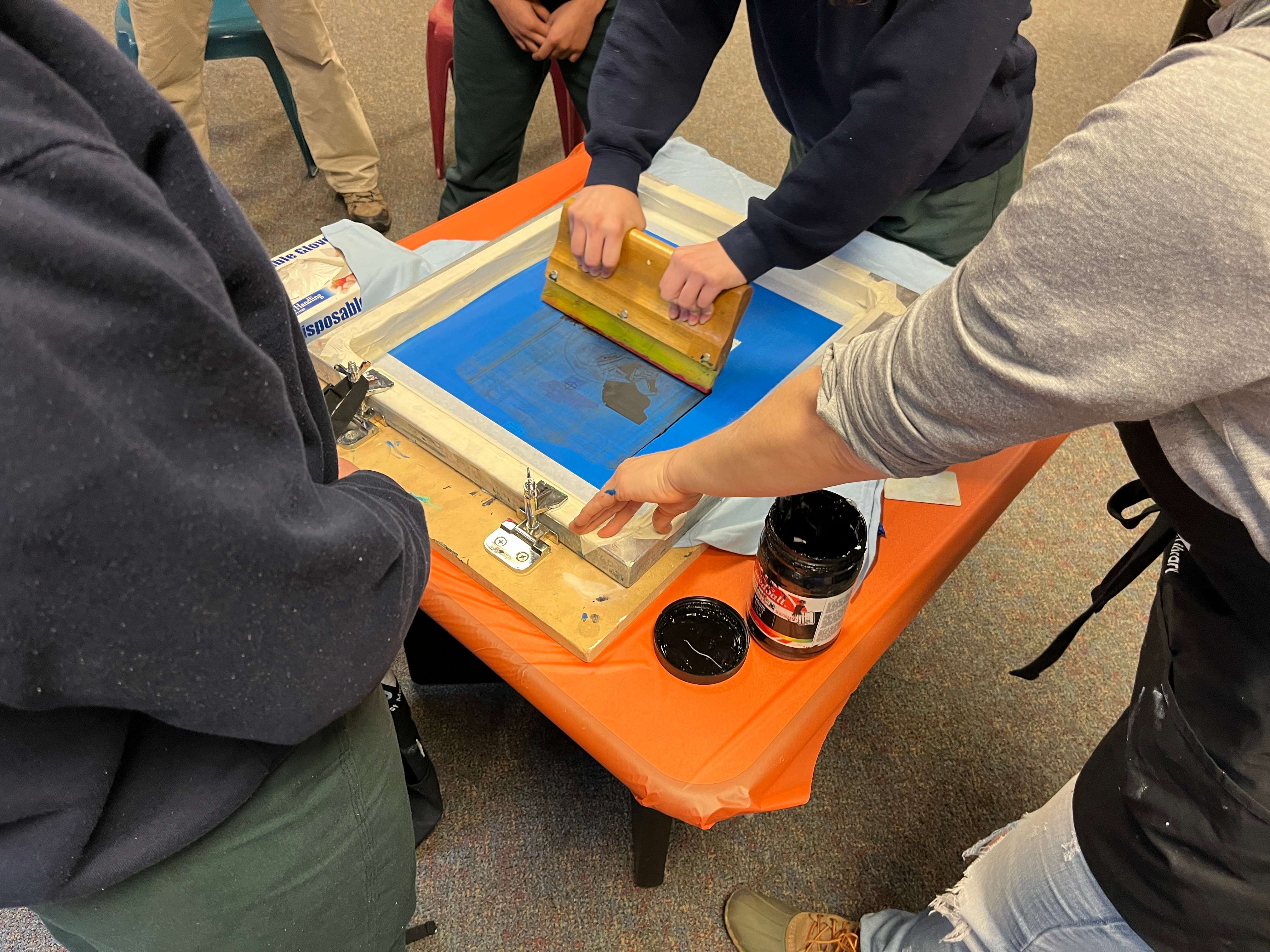
Don’t worry about staying to actively participate and if you are needed to keep your hands busy! In the course of an hour long program - you may take 3 to 5 to 10 observations.
The goal of the Observation Deck is to give you an overview of the outcomes of what is happening in a program, and to record many programs over time to see a full, comprehensive picture.
Set a goal for yourself: I want to record 5 observations, and let yourself focus on the making. The Ah-HA moments will shine through to observe and you will want to record them!
Too in the moment? Set a 10 minute recurring timer on your device to ping you to remember to record what it happening!
8. Document pride and finished products
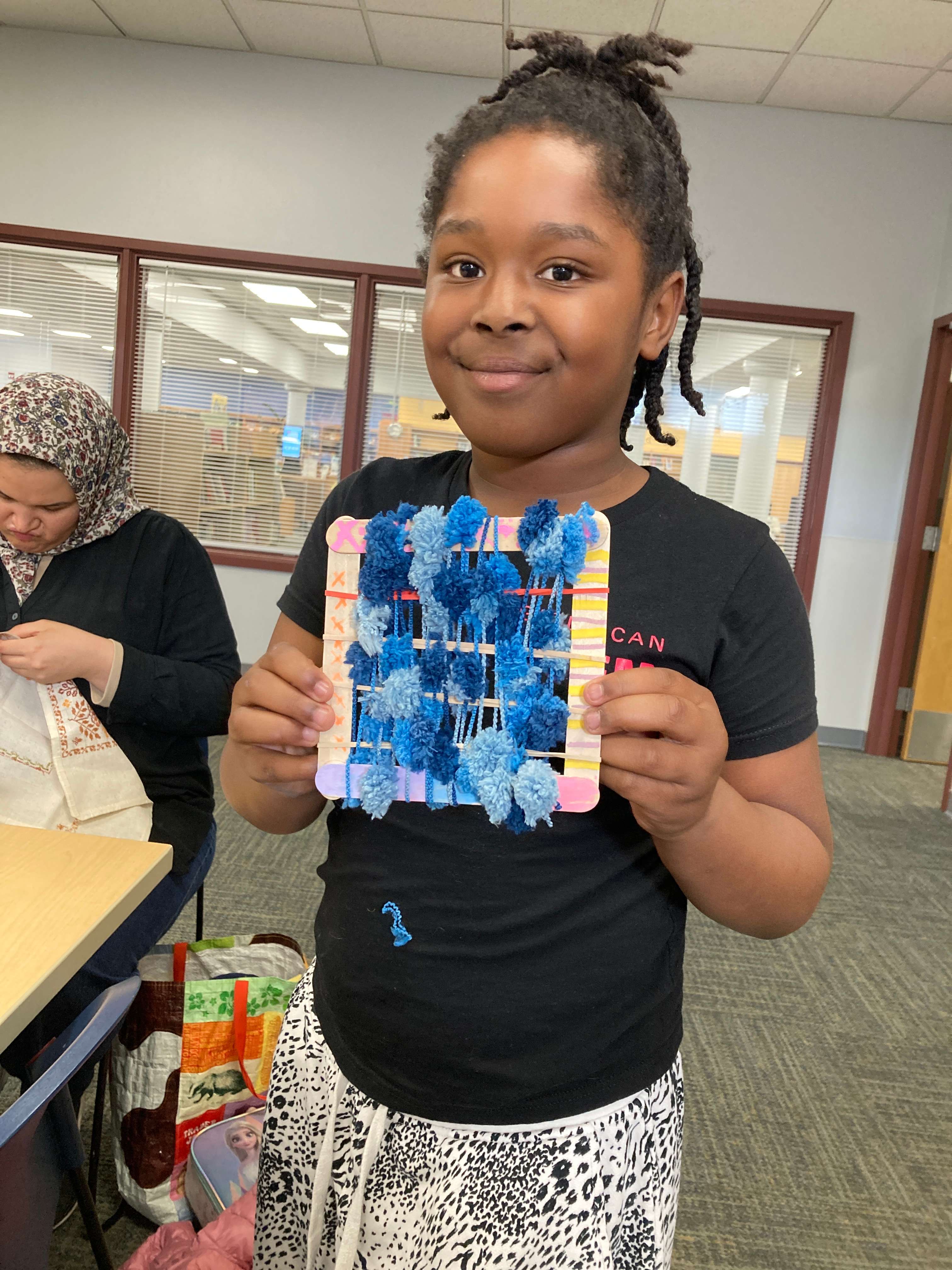
The end of the making is often a great time to make observations. Showing off your finished product is a great time to ask about design choices, where they struggled, if they changed their mind halfway through, or explain how and why they did something.
As well as show off with pride!
The Observation Deck includes a place to STAR a photo or observation to know if it is ok to share out on the library’s social media feed. Use your library’s photo permissions policy to ensure security, and STAR the photos you know you can share.
